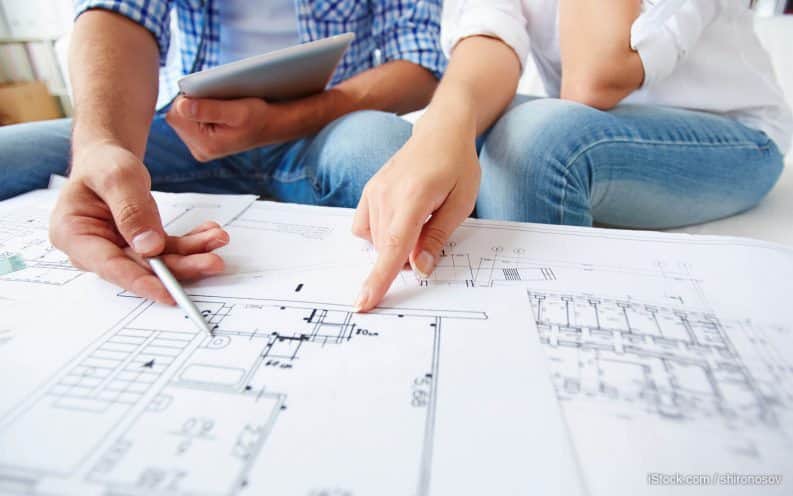If you need to borrow money for home renovations but the truth is you don’t wish to tap your assets, a cash-out refinancing of your home might be a good move. Generally, when expenses such as a new roof or backyard renovation present themselves, cash-out refinancing might make sense, but you will find costs associated with going this route, so it’s imperative that you consider all of your options carefully.
When you cash-finance an expense you forgo the future benefits associated with that money working for you and compounding overtime, but cash-out financing enables you to keep that money at work. The two main ways most borrowers accomplish cash-out refinancing. Here’s a quick summary of the pros and cons related to each.

Should You make use of Your Home’s Value to fund remodeling
1. Home Equity Lines of Credit
A home equity line of credit, or HELOC, is an effective, low-cost solution to access your home equity. Most cost a few hundred dollars for the most part to obtain, don’t have to have a full appraisal report, and offer the flexibility of accessing funds easily. The home equity line of credit is an adjustable-rate loan linked with the prime rate. Typically, rates on such loans are currently under 4.5% with excellent credit.
However, with the Federal Reserve poised to increase mortgage rates before long, it is actually reasonable to imagine having a higher payment at a higher rate over time. In a nutshell, a home equity line of credit will allow you to access your home equity, but generally ought to be payed off entirely within one or two years. If you don’t have the financial capacity to pay off the loan in that time, a fixed-rate new mortgage might be a more advantageous route with greater predictability.
2. New Mortgage
For the more traditional cash-out refinancing option, fees can average in the $3,000 area depending on your desired loan size. Typically, most banks will allow you to cash-out refinance as much as 75% loan-to-value with varying credit scores. In other words, the credit ability to cash-out refinancing your home is more flexible if there are credit or qualifying problems that could otherwise make a HELOC sticky.
Refinancing with a 30-year fixed rate means you’re making payments on the interest expenses over a 360-month period. A sound bet would be to make principal prepayments if you’ve got the financial ability. Making extra prepayments – even just a 13th payment once per year – can have a dramatic impact on your payment time frame and interest expenses. The cost of predictability is the fixed-rate loan for your cash-out refinance. While a 30-year fixed-rate mortgage costs more, you’ll find it means the payment remains unchanged over time.
If you are undecided, speak with a mortgage lender . A good one can take you step-by-step through the in-depth advantages and disadvantages of each option, arming you with the information required to make the most informed choice with your finances.
Remember, checking your credit before you take out a new mortgage or HELOC can help ensure you get the best financing options possible. You can start by checking your credit scores. You can get two free credit scores, updated every Two weeks, at Credit.com. to discover where you stand. It’s also a good idea to check your credit reports for errors that you’ll have to dispute, or trouble spots you’ll want to work on in order to boost your scores.